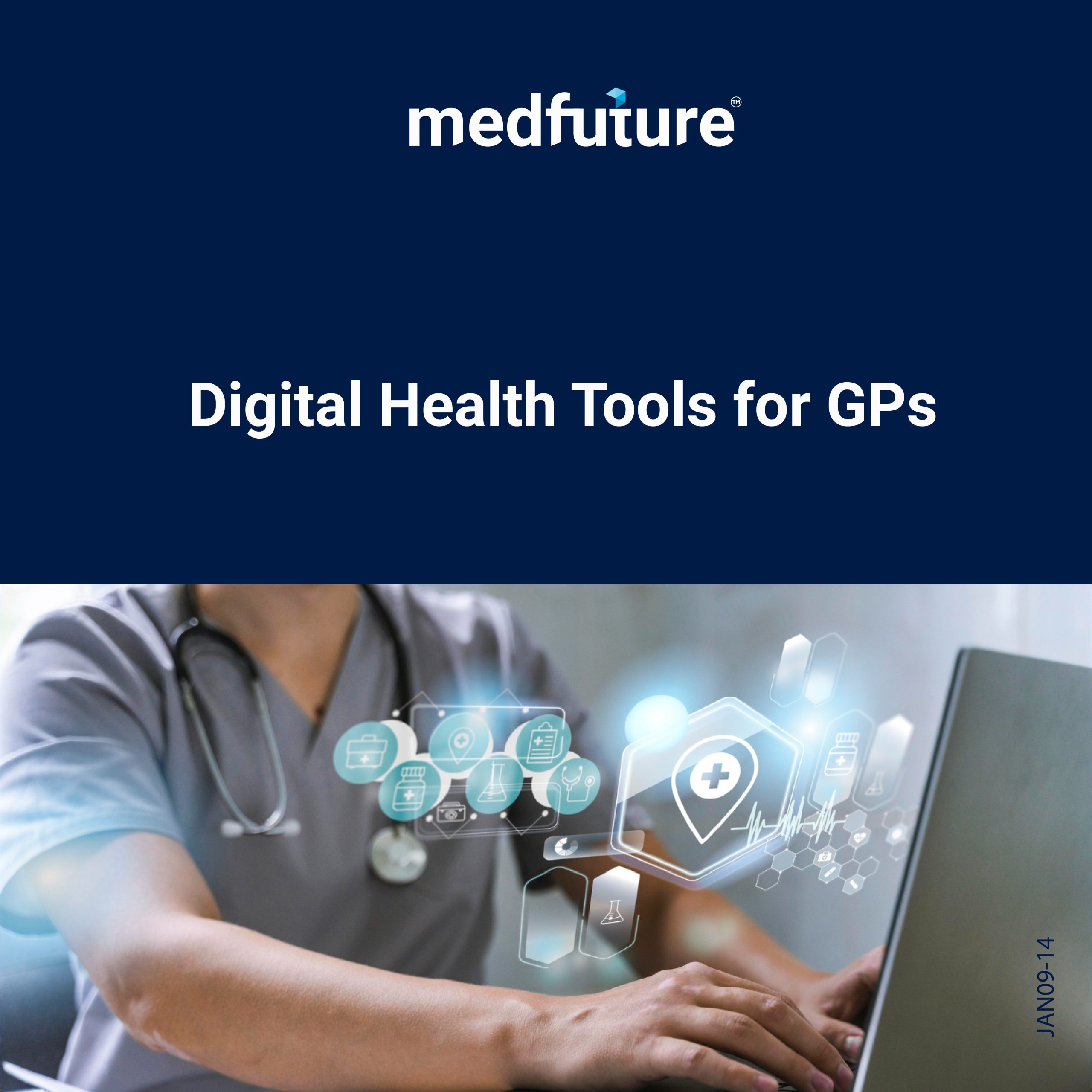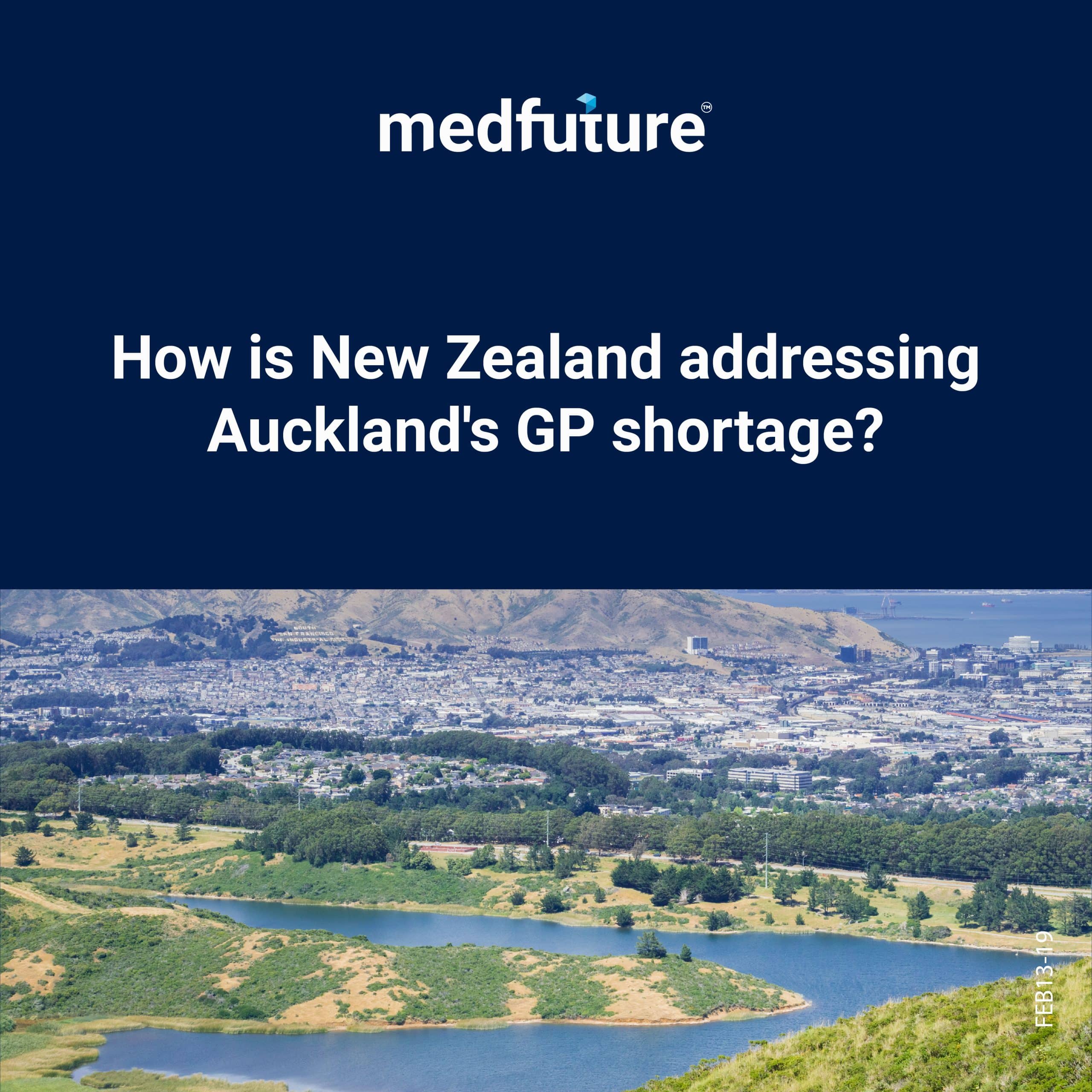In the rapidly evolving landscape of healthcare, General Practitioners (GPs) find themselves at the forefront of a transformative shift driven by digital health tools. This article delves into the dynamic realm of innovative technologies reshaping the patient-GP relationship and amplifying the quality of care provided. As the paradigm of healthcare delivery undergoes a digital revolution, GPs are harnessing a spectrum of tools—from telehealth platforms to interactive apps—to foster enhanced patient engagement.
This exploration into the world of Digital Health Tools for GPs unveils the strategies, benefits, and impactful outcomes of incorporating these tools into daily practice. From redefining communication channels to empowering patients with personalised resources, these digital innovations not only streamline medical processes but also cultivate a patient-centric approach, laying the foundation for a more connected and participatory healthcare experience. Here, we unravel the potential of Digital Health Tools in the hands of GPs, paving the way for a new era in healthcare where patient engagement takes centre stage.
Telehealth Integration: Revolutionizing Patient Engagement in General Practice
Telehealth integration has emerged as a transformative force in modern healthcare, reshaping the way General Practitioners (GPs) engage with patients and deliver care. This digital evolution not only expands access to healthcare services but also redefines the patient-practitioner relationship, making it more dynamic, accessible, and patient-centered.
Expanded Patient Access:
Telehealth integration extends healthcare beyond traditional boundaries, offering patients the convenience of virtual consultations. This accessibility is particularly significant for individuals in remote areas, those with mobility challenges, or those seeking timely medical advice without the constraints of physical appointments.
Efficient Consultation Processes:
GPs can optimise their workflows through telehealth, streamlining appointment scheduling, and reducing waiting times. Virtual consultations offer a more efficient means of addressing non-emergency concerns, enabling GPs to focus in-person visits on more complex cases and critical healthcare needs.
Enhanced Communication:
Telehealth platforms facilitate clear and direct communication between GPs and patients. Video consultations allow for visual assessments, fostering a more comprehensive understanding of patient conditions. This visual element adds a valuable layer to the patient-practitioner interaction, enhancing the quality of care delivered.
Follow-up Care and Monitoring:
Telehealth plays a pivotal role in post-consultation follow-up and monitoring, especially for patients with chronic conditions. GPs can remotely track patients’ progress, assess treatment effectiveness, and provide ongoing support. This approach enhances continuity of care and empowers patients to actively participate in managing their health.
Flexibility for Both Patients and GPs:
Telehealth integration introduces flexibility into the healthcare ecosystem. Patients can access healthcare from the comfort of their homes, reducing travel-related stress and time constraints. GPs, on the other hand, can balance in-person and virtual consultations, optimising their schedules for maximum efficiency.
Digital Health Records Integration:
Seamless integration with electronic health records ensures that telehealth consultations are part of a patient’s comprehensive medical history. This integration contributes to cohesive and well-informed patient care, allowing GPs to make data-driven decisions and maintain continuity in treatment plans.
Emergency Consultations and Triage:
Telehealth serves as a valuable tool for emergency consultations and triage, providing quick assessments and immediate guidance. GPs can efficiently evaluate the urgency of cases, ensuring that patients receive timely care, whether through virtual channels or by directing them to in-person emergency services.
Patient Education and Empowerment:
Telehealth platforms offer opportunities for patient education, enabling GPs to share visual aids, resources, and educational materials during virtual consultations. This fosters’ informed decision-making, empowers patients to actively participate in their healthcare journey, and promotes a collaborative approach to well-being.
Virtual Health Education and Resources: Empowering Patients for Informed Well-being
The integration of virtual health education and resources into General Practice represents a powerful paradigm shift, ushering in a new era of patient empowerment and informed well-being. By leveraging digital platforms, General Practitioners (GPs) can transcend traditional patient education methods, offering dynamic and accessible resources that foster greater understanding, engagement, and active participation in one’s health journey.
Virtual health education transforms patient learning by offering interactive platforms that surpass traditional pamphlets. GPs leverage multimedia, animated videos, and simulations to explain medical concepts, treatment options, and preventive measures, enhancing comprehension. Breaking down geographical barriers, virtual resources provide on-demand access to health information through online portals, apps, and webinars, fostering continuous learning.
Personalisation is a key feature, with GPs curating content tailored to individual patient profiles, aligning with specific health concerns. Disease-specific campaigns raise awareness and empower patients for effective self-management. Multilingual and inclusive resources ensure accessibility for diverse demographics, promoting understanding and inclusivity.
Live webinars and online workshops facilitate real-time engagement, featuring interactive discussions and peer support forums. Integrated with telehealth consultations, virtual health education supplements verbal explanations, enriching patient understanding and serving as a valuable post-consultation resource. In essence, virtual health education empowers patients with personalised, accessible, and interactive learning experiences, fostering informed decision-making and active participation in healthcare.
Secure Communication Platforms: Safeguarding Confidentiality in Patient-Practitioner Interactions
In the contemporary healthcare landscape, the integration of secure communication platforms is imperative for General Practitioners (GPs) committed to preserving patient confidentiality and cultivating trust. These platforms, essential in the digital age, not only streamline communication but also guarantee the protection of sensitive health information, establishing a reliable channel for patient-practitioner interactions.
Implementing robust end-to-end encryption, these platforms safeguard messages and patient data, ensuring that only authorised individuals—specifically, the patient and the GP—can access and decipher communications. Adhering to stringent healthcare regulations like the Health Insurance Portability and Accountability Act (HIPAA), these platforms prioritise data security amidst growing concerns of breaches.
Beyond messaging, secure communication platforms facilitate secure file sharing, allowing GPs to exchange test results, medical reports, and educational materials with patients. Features for obtaining patient consent and confidentiality acknowledgment further reinforce the importance of privacy in digital interactions.
Seamless integration with Electronic Health Records (EHR) enhances care continuity, enabling GPs to reference patient history during secure communications. Two-factor authentication and real-time communication capabilities fortify security and responsiveness, while secure video consultations offer a versatile alternative to in-person visits. In essence, these platforms not only uphold the confidentiality of patient-practitioner interactions but also contribute to personalised, efficient, and secure healthcare management.
Patient Portals and Health Records: Empowering Patients and Enhancing Care Coordination
The integration of patient portals and electronic health records (EHR) into General Practice represents a significant shift toward patient-centered care, empowering individuals to actively manage their health while streamlining access to comprehensive patient information for healthcare providers. Patient portals offer secure access to personal health information, fostering transparency and enabling patients to engage in decision-making. Acting as communication hubs, these portals facilitate secure messaging for non-urgent concerns, prescription refills, and clarification on medical information, optimising patient-provider interactions.
Appointment scheduling and reminders within patient portals enhance patient convenience and contribute to efficient healthcare provider schedules. Seamless EHR integration ensures comprehensive access to patient medical history, enhancing care coordination and supporting shared decision-making. Patient portals also aid in medication management, allowing easy access to prescriptions and facilitating online renewal requests, promoting adherence.
Additionally, patient portals empower individuals with timely access to diagnostic test results and imaging reports, fostering informed discussions with healthcare providers. They support secure data sharing for specialist consultations, ensuring collaborative and well-coordinated care in multi-disciplinary scenarios. Some portals integrate educational resources and health trackers, enabling patients to access relevant health information and monitor vital aspects for proactive self-management. In essence, the integration of patient portals and EHR elevates patient engagement, communication, and overall healthcare efficiency in a patient-centric paradigm.
Digital Tools for Chronic Disease Management: Transforming Care and Empowering Patients
The integration of digital tools into chronic disease management represents a transformative shift in healthcare, empowering General Practitioners (GPs) to deliver personalized and patient-centric care. These innovations facilitate remote monitoring, providing real-time data on vital signs, medication adherence, and lifestyle factors through wearable devices. GPs leverage this information to tailor personalised treatment plans, extending beyond medication adjustments to include lifestyle recommendations, dietary guidance, and physical activity prescriptions.
Digital tools also serve as educational platforms, empowering patients to actively manage their health. Medication adherence is supported through reminders and interactive features, minimising the risk of complications. Telehealth consultations ensure continuous care, allowing GPs to assess patient progress and make timely adjustments to treatment plans. Integration with Electronic Health Records enhances care continuity, while health analytics offer predictive insights, enabling pre-emptive interventions.
Additionally, community engagement and peer support foster a sense of belonging among patients managing chronic conditions. In essence, the integration of digital tools revolutionises chronic disease management, fostering collaboration, informed decision-making, and improved patient outcomes within a patient-centric paradigm.
Find your true GP calling with Medfuture
Medfuture revolutionises the GP job search in Australia by leveraging state-of-the-art digital tools to pinpoint opportunities in locations with the latest healthcare technology. In navigating the dynamic landscape of healthcare, Medfuture ensures GPs discover roles in facilities that embrace cutting-edge digitals.






